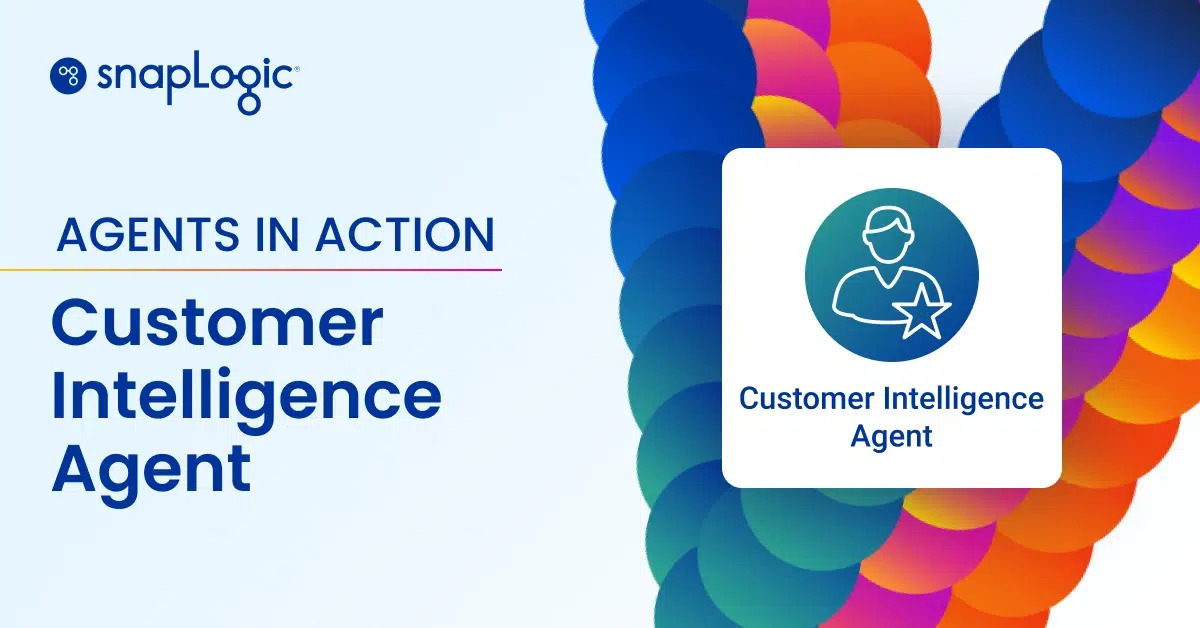About a decade ago, consumers visited their local travel agent whenever they had travel plans. Because they were limited to just the options made available to them by travel agents, one had to plan their travel far in advance. Booking flights or hotels on a whim used to be a little harder due to limited access to information. Even more painful was customers receiving hard-printed tickets from travel agents, carrying them around, and secretly hoping they wouldn’t lose the tickets at any point during their travel. Before they could access and manage their tickets digitally, customers would need to rely on their printed tickets as the only source of validation. If customers lost their tickets, travel companies would have to pivot between sources to honor their customers’ lost tickets.
Fortunately, the travel industry has benefited greatly from digitization. Although travel agents are still responsible for 77 percent of all cruise bookings and 55 percent of all air travel, consumers now have more control over their travel itinerary. Consumers can easily research and customize their entire travel experience through travel websites and applications anytime, anywhere.
The rise of technology and digitization have also empowered consumers with more information at their fingertips. Consumers, especially millennials, have embraced travel technology and move effortlessly between mobile and wearable devices to research travel options, book room and board, check-in to hotels and flights, and reserve cars or restaurants throughout their stay. Consequently, hotel and airline companies must integrate their systems and processes to enable their customers to gain access to travel information using any kind of device.
Behind the scenes: Providing VIP experiences to travelers
If travel companies want to keep a slice of the consumer pie and stay competitive, they must shift how they engage with today’s tech savvy customers. In a study, Deloitte states that travel companies must “think beyond the ‘what’ of technology innovation and proliferation – the shiny devices, applications, and capabilities – and understand what technologies are ready to adopt.”
Simply using software that generates customer data will not help improve customers’ travel experiences. Instead, these applications will create more operational problems with data overload, data duplication, or issues with data transfers. When applications are siloed and not connected with each other, business users spend extra time cleaning and looking for relevant data to help them improve their company’s overall customer experience. By learning from customers’ historical data and activities, businesses are better able to customize customers’ travel preferences and provide an improved experience. For example, airlines can make recommendations on which countries or cities to visit, targeted to segmented customers, and hotels can show preferred hotels on their search.
Today, travel companies must create an environment for applications to work on their side. Companies need to consider a comprehensive business strategy to build seamless customer experiences. First, they must build out complete journeys of how their customers engage with the company online and offline, noting each touchpoint along the way. Then, the company must map out all the systems and applications that play a part in those journeys and touchpoints so they have a better view of what supporting systems need to be integrated
Data connectivity use cases in travel
Through integrating applications and connecting disparate data, companies have a more informed understanding of their customers. Hilton Hotels, for example, has changed the methods in which they communicate with their guests. Customers can bypass interacting with hotel staff and complete their intents on-demand. Using the Hilton mobile app, guests can book, check-in, choose their preferred room, and get into their room with a digital key. While guests interact with Hilton’s mobile interface to complete tasks, Hilton headquarters must ensure all the applications in the backend are connected to move guest data from one system to another instantaneously. Long gone are the days of one-size-fits-all hospitality service. Hotels can now offer customers customized preferences based on their historical data, including the type of room, room service, additional amenities, toiletries, and more.
Leading airlines have optimized their customer experience and provided customers with comfortable and hassle-free travel experiences. In this heavily competitive industry, many airlines have enabled their customers to book and customize their flights and check-in with their mobile devices. As wearable technology is becoming more prominent, customers can board a flight by scanning their wearable devices in addition to their smartphones. And this is just the beginning of wearables and travel.
Data and application connectivity is essential in today’s travel industry. Companies prepared to offer their customers access to information and self-service will be among those who stay competitive.









